AI Integration and 3D Printing Innovations Redefine Digital Workflows in Dental CAD/CAM
2025-10-17
2025-09-18
Intraoral scanning (IOS) has transformed dentistry with its precision and comfort, but it's not without hurdles. While 75% of users report daily reliance, disadvantages like high costs and learning curves persist, potentially offsetting benefits in smaller practices.
[Insert Image: Pros vs. Cons infographic for IOS vs. traditional impressions.]
1. High Initial Investment: Scanners range $10K-$50K, plus $5K/year software fees. Non-users cite finances as the top barrier (66%).
2. Learning Curve: Beginners average 15-20 minutes/scan, vs. 5-10 for experts. Studies show a 7-minute drop after 10 uses, but flat proficiency takes 20+ sessions.
[Insert Table: Learning Curve Timeline
|
Sessions |
Avg. Time/Arch |
Error Rate |
|
1-5 |
20 min |
High |
|
6-10 |
15 min |
Medium |
|
11+ |
<10 min |
Low |
1. Accuracy Limitations: Subgingival margins or bleeding obscure scans; trueness drops 20% in moist conditions. Long-span FPDs (>5 units) favor conventional methods.
2. Environmental Sensitivities: Saliva/blood causes artifacts; ambient light/temperature affects 10-15% of scans.
3. Technical Failures: Software glitches or hardware wear lead to rescans (up to 20% rate), wasting time.
· Training: Invest in courses; 40% of buyers do so pre-purchase.
· Hybrid Use: Combine with analogs for complex cases.
· Maintenance: Regular calibration cuts errors 40%.
[Insert Image: Checklist for avoiding common IOS pitfalls.]
Despite these, IOS boosts efficiency 30% long-term. Weigh against your volume for ROI.

Dry & wet milling for zirconia, PMMA, wax with auto tool changer.
learn more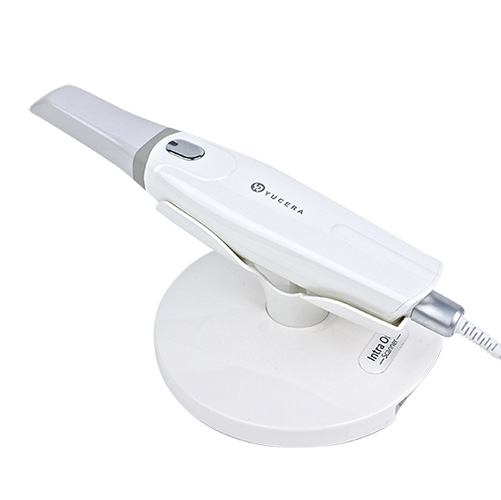
High-precision 3D scanning, AI calibration, full-arch accuracy.
learn more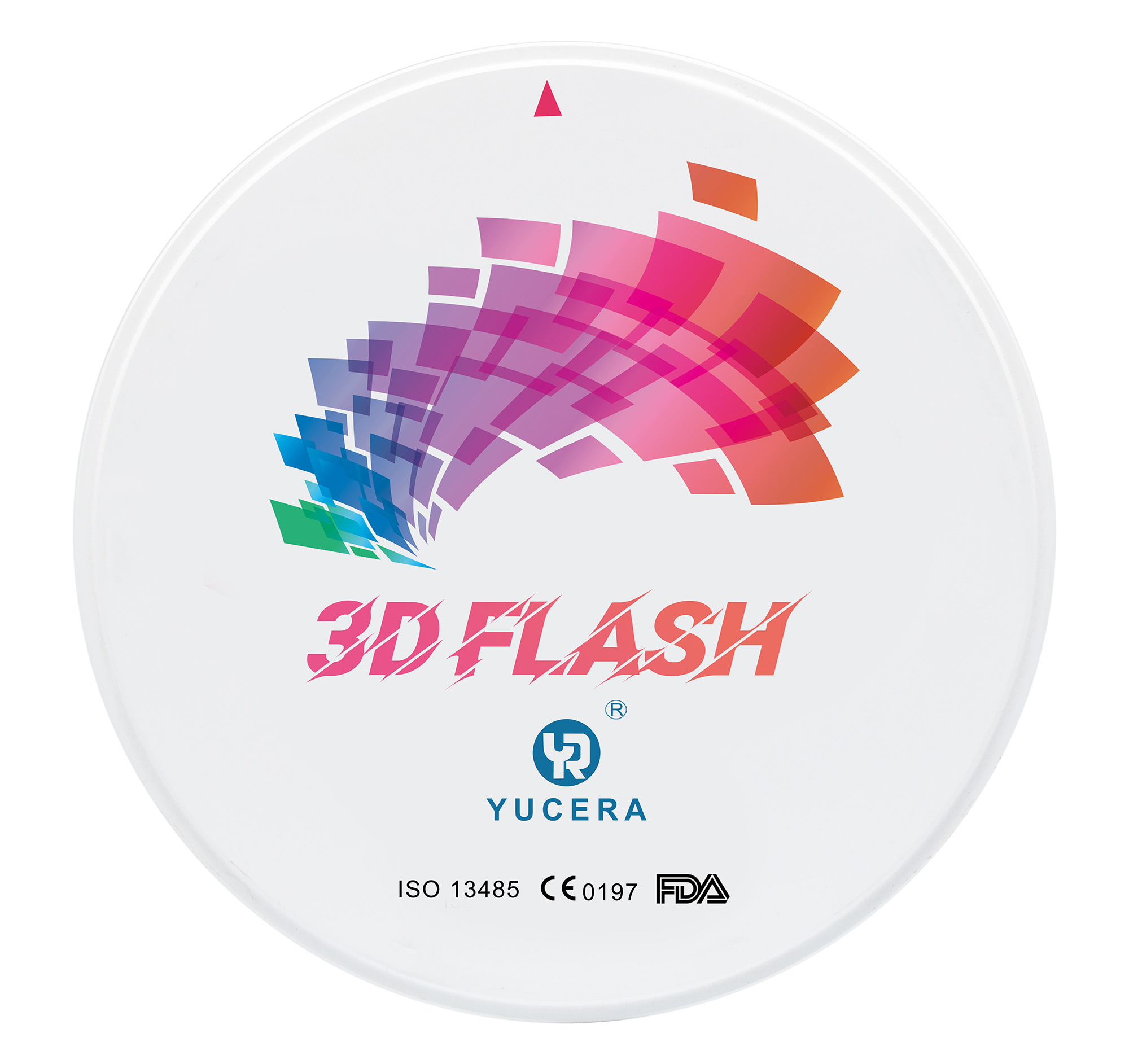
40-min full sintering with 57% incisal translucency and 1050 MPa strength.
learn more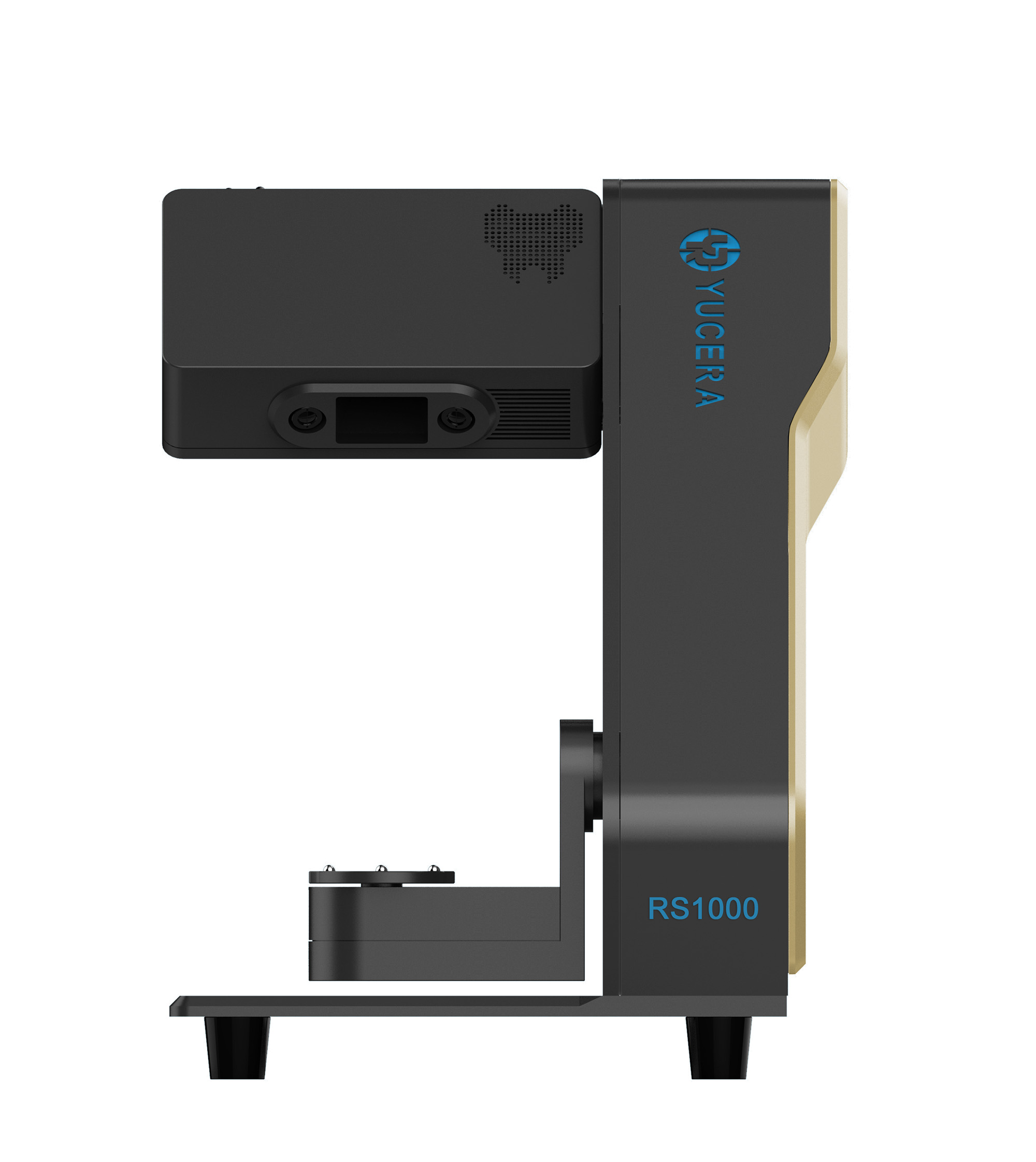
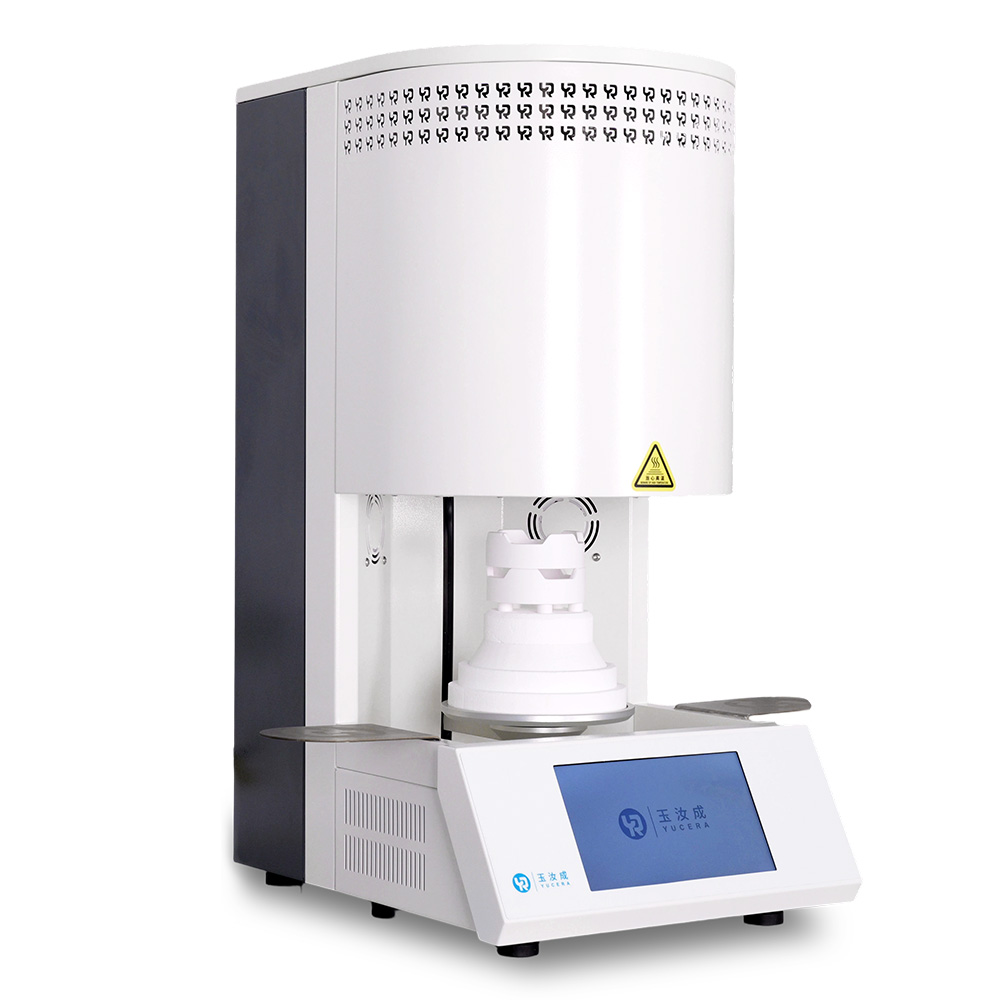
40-min cycle for 60 crowns, dual-layer crucible and 200°C/min heating.
learn more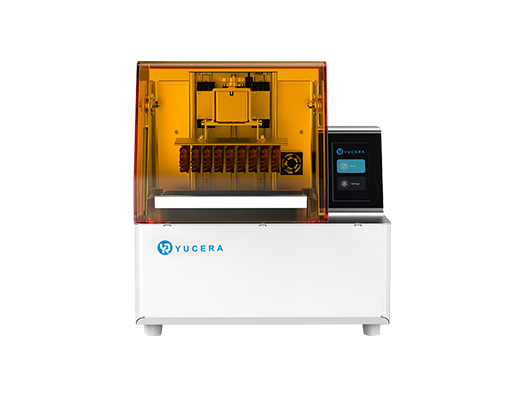
High-speed LCD printer for guides, temporaries, models with 8K resolution.
learn more